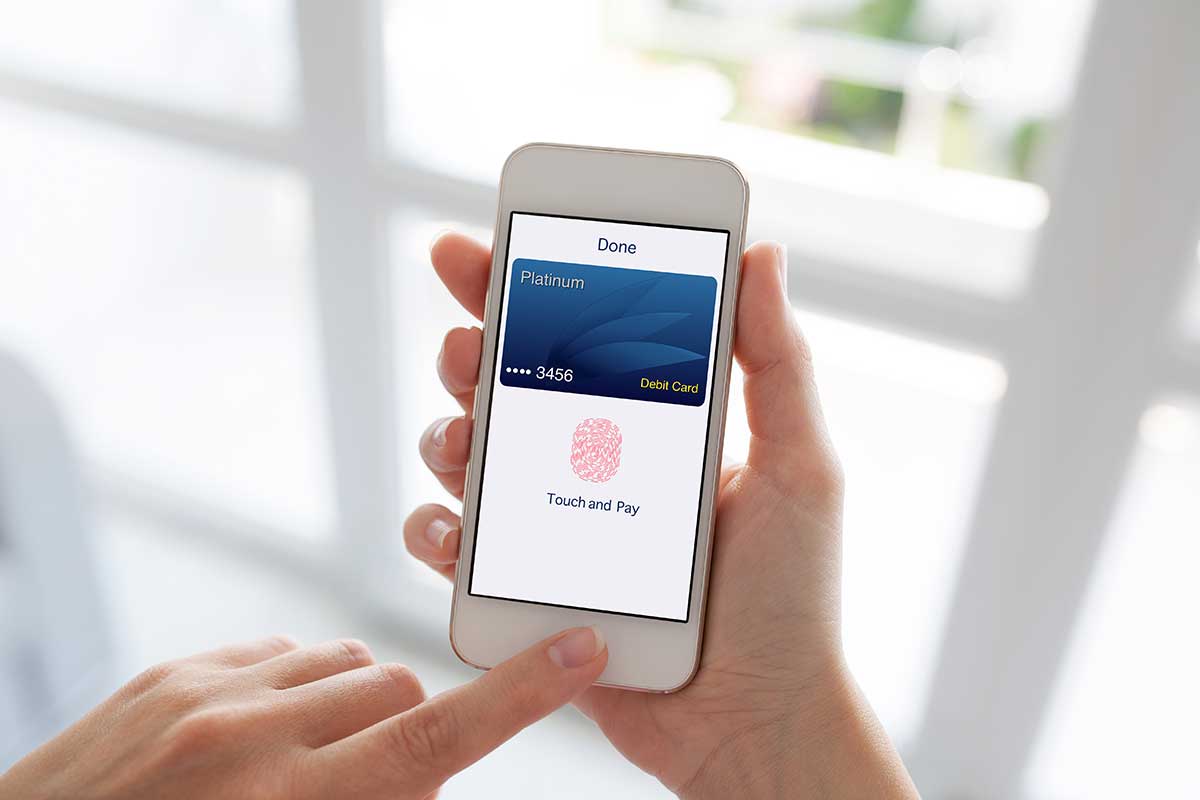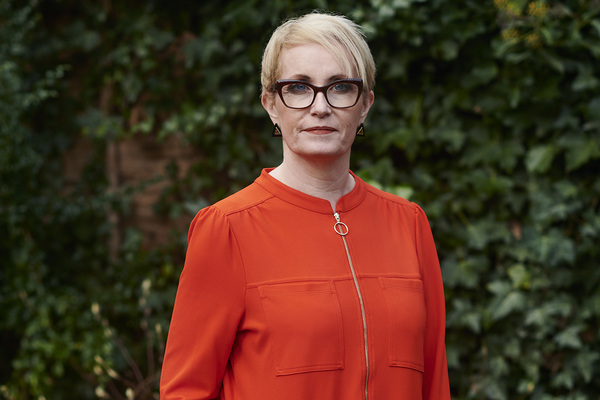Can customer service processes help tenants who are struggling to pay rent?
Collecting rent is crucial to the relationship between housing providers and tenants. Alex Common, chief product officer at Capita’s Pay360, discusses how payment providers can help with this

In association with:

Can you tell us about the role of payment providers in the social housing sector?
The key objective of a payment provider [like Pay360 by Capita] is to work together with tenants to ensure that the service offered delivers the values, vision and ambitions of the housing provider.
Traditionally, the role might have been looking at how we could optimally collect income, but for me, it’s way beyond that.
A payment provider has a significant role to play in the resident experience. It has a role to deliver in social value, in delivering operational efficiencies, and in assisting in the drive towards innovation and transformation.
Ultimately, the right payment service can help a housing provider strengthen its relationship with residents and better realise its organisational vision.
What does rent collection mean today?
A payment service needs to provide both the channels and the means to optimise rent collection, but it also needs to reflect the needs and expectations of all customers.
That’s becoming an increasing challenge across a resident customer base with increasingly diverse expectations – by that I mean we now need to think not just about social inclusion but also digital inclusion if we’re truly to serve everyone effectively.
Social landlords need payment services that support resident engagement. Yes, there is still some demand for paying by cash. And yes, many tenants will wish to pay via traditional trusted means such as direct debit. So these options need to be offered alongside other digital solutions.
If we think about a post-COVID-19 age, payment providers should be focusing on providing quality digital experiences that encourage tenants to pay via self-service channels – however, that needs to be an easy, smooth process.
If it’s difficult to pay online, if there is friction in that process and if tenants don’t do this, it might lead to increased operational costs for the landlord and customer dissatisfaction for the tenant.
So from your perspective, what would you recommend that social landlords consider when it comes to their transformation to online payments?
The primary consideration is, again, tenant customer experience.
The housing provider ideally needs to be in control of managing that experience; it is partly about providing an effective and easy-to-use payment service to residents, but it’s also about what that service looks like behind the scenes.
From a landlord’s perspective, a good payment service will offer online payment solutions that a housing provider can seamlessly interweave into its tenant portal or mobile application. The idea is that the payment integration is wrapped up within the wider online experience for the tenant – on first appearance, it looks and feels like that journey. It’s not a disconnected breakout elsewhere.
Second, the online payment experience has to provide the tenant with payment method options that they recognise and use and will encourage re-use of that digital platform.
As consumers, we have all come to expect a high standard of online service, so a housing provider must offer a great online self-service experience.
Landlords need to think about what their residents expect from experiences elsewhere when browsing or shopping online and replicate that standard for their own services – and, in turn, payment providers have to provide to landlords those payment methods that their tenants use in other digital shopping experiences. That means PayPal, Apple Pay and Google Pay, for example.
Payment providers must also ensure that they have a strong online recurring payment platform that enables tenants to set up their own plans with ease.
Self-service needs to be intuitive and online recurring payments must marry to the needs of the customer and provider – there must be flexibility with effective income collection.
What else do landlords needs to think about when choosing a payment provider to work with?
Landlords needs to ask themselves if they can optimise income collection and tenant customer satisfaction, as well as supporting the digital transformation agenda. Then they must evaluate if they are able to keep on top of the digital innovation we’re seeing elsewhere, for example the increasing use of open banking, which allows providers to view the data of their customers.
How can payment providers generate social value?
A payment service isn’t just about collecting the rent. We’ve got to consider how we can help with hardship and arrears management.
A payment service can provide a landlord with insightful data to both help their residents and protect their business. One example of this is providing identity and verification checks for new tenants and the data of this would highlight any rent fraud or sublet issues.
A payment provider can deliver effective solutions for arrears management, and I believe it’s a real opportunity to make a difference in the community here, with the right payment solution.
So solutions should be focused where possible on debt avoidance rather than debt management, and ultimately towards outcomes that benefit the resident and the housing organisation.
An example here is the ability to deploy innovative new technologies to housing providers that can assist in gauging affordability for a tenant – again, this is an area where open banking technology, which enables a customer to opt in to giving their housing organisation access to information about their incomings, outgoings and credit record, can help.
This can provide housing staff with an opportunity to work more closely with tenants to solve issues that benefit both parties, and reduce those outcomes that benefit neither.
What do you think payment providers focus on when working in the social housing sector?
The key is to provide solutions that meet all tenants’ needs, from the social inclusion agenda to the digital inclusion agenda.
It’s also increasingly important to ensure that all customer touchpoints, whether over the phone, face-to-face or digital, are supported by effective income collection solutions, and that they all maximise tenant service, engagement and satisfaction.
A payment provider should focus on the outcomes of its service because through this it can effectively support housing providers to strengthen their resident relationships and value to the community.
Sign up for the IH long read bulletin
Already have an account? Click here to manage your newsletters












